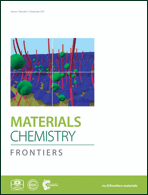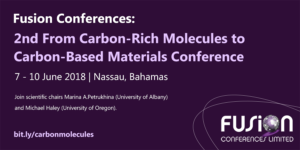International Union of Materials Research Societies – International Conference on Electronic Materials 2018 (IUMRS-ICEM 2018) is taking place on 19-24 August in Daejeon Korea. Materials Chemistry Frontiers is very pleased to be sponsoring this event!
This year’s conference is co-organized by the Materials Research Society of Korea and the International Union of Materials Research Societies. Since the first conference was commenced, this meeting has become a fundamental ground to exchange quality results and ideas provided by the researchers and scientists within universities, industries and institutes. Furthermore, it also provides a forum to present the cutting-edge research outputs for future collaborations which would help both students and researchers within their future research studies and works to be conducted.
Topical Sessions
- Electronic Materials
- 2D Materials
- Soft Electronics
- Functional Materials
- Energy and Energy Storage
- Bio-engineering
- Emerging Advanced Materials
Key Dates
- Abstract Submission Deadline – Mar. 11, 2018
- Notification of Acceptance – April 5, 2018
- Early Registration Deadline – June 15, 2018
Find out more about this conference from the official website!












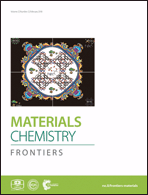 The front cover story,
The front cover story, 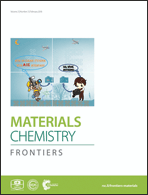
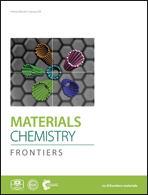 The front cover story,
The front cover story,  by Dawid Janas. The inside cover features a story on
by Dawid Janas. The inside cover features a story on 
 The front cover story,
The front cover story, 



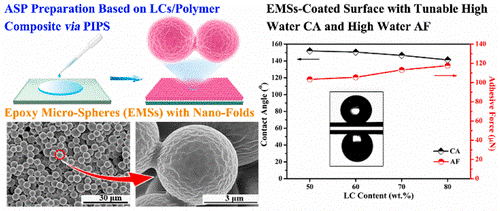
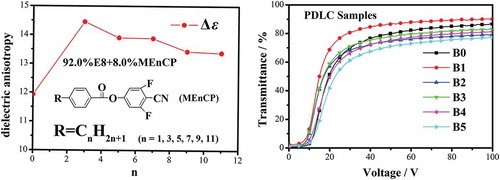

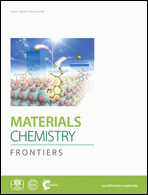 The front cover story,
The front cover story, 